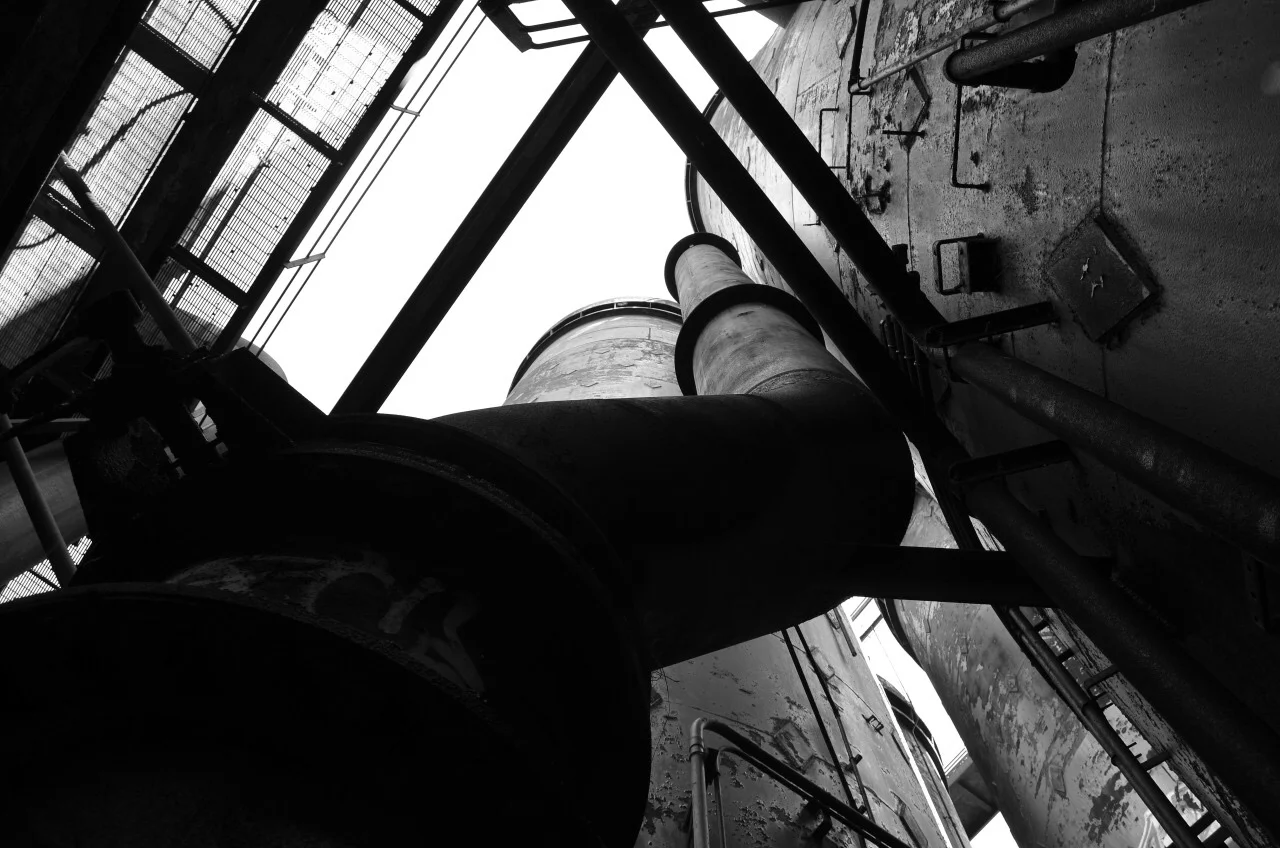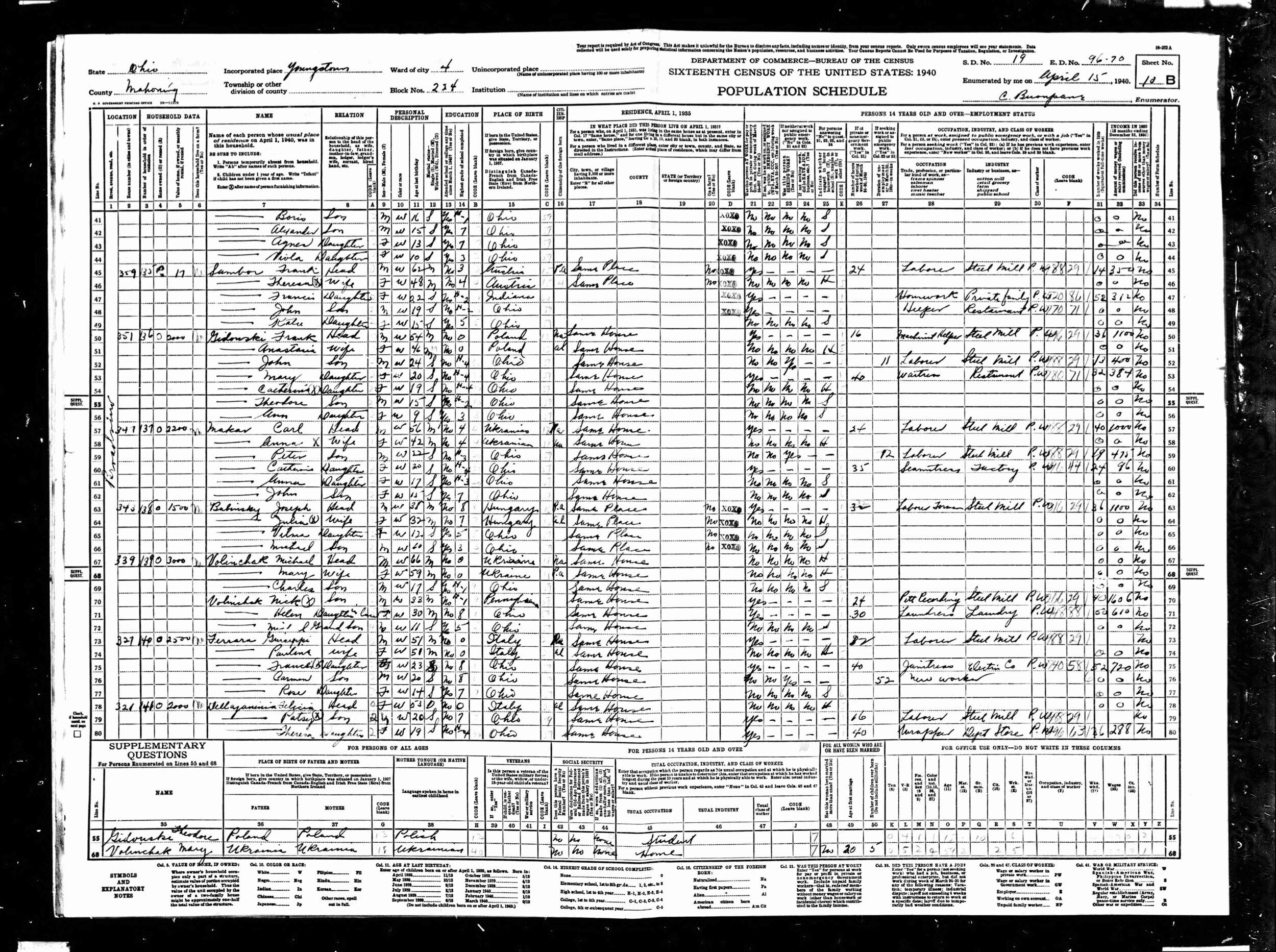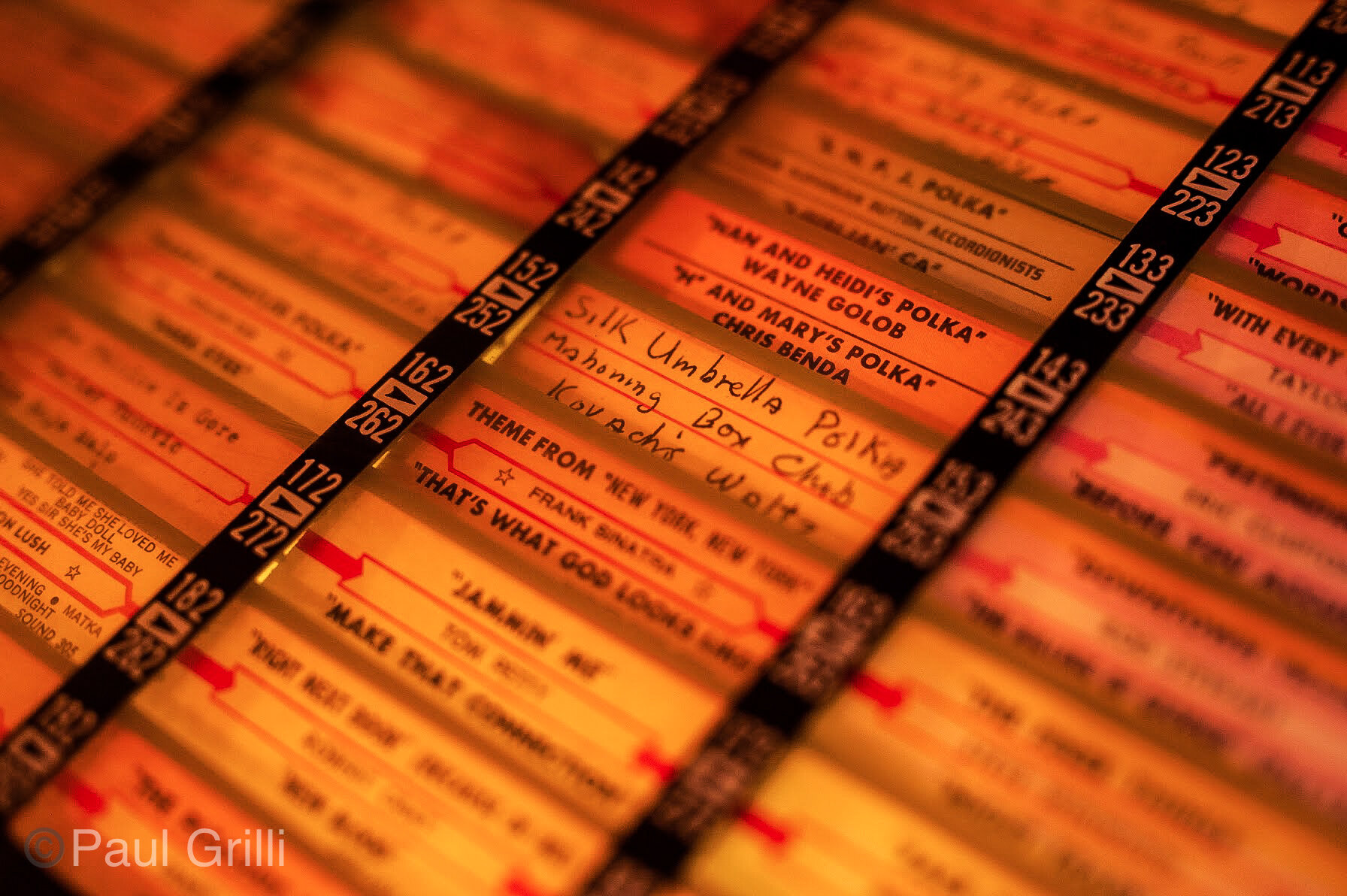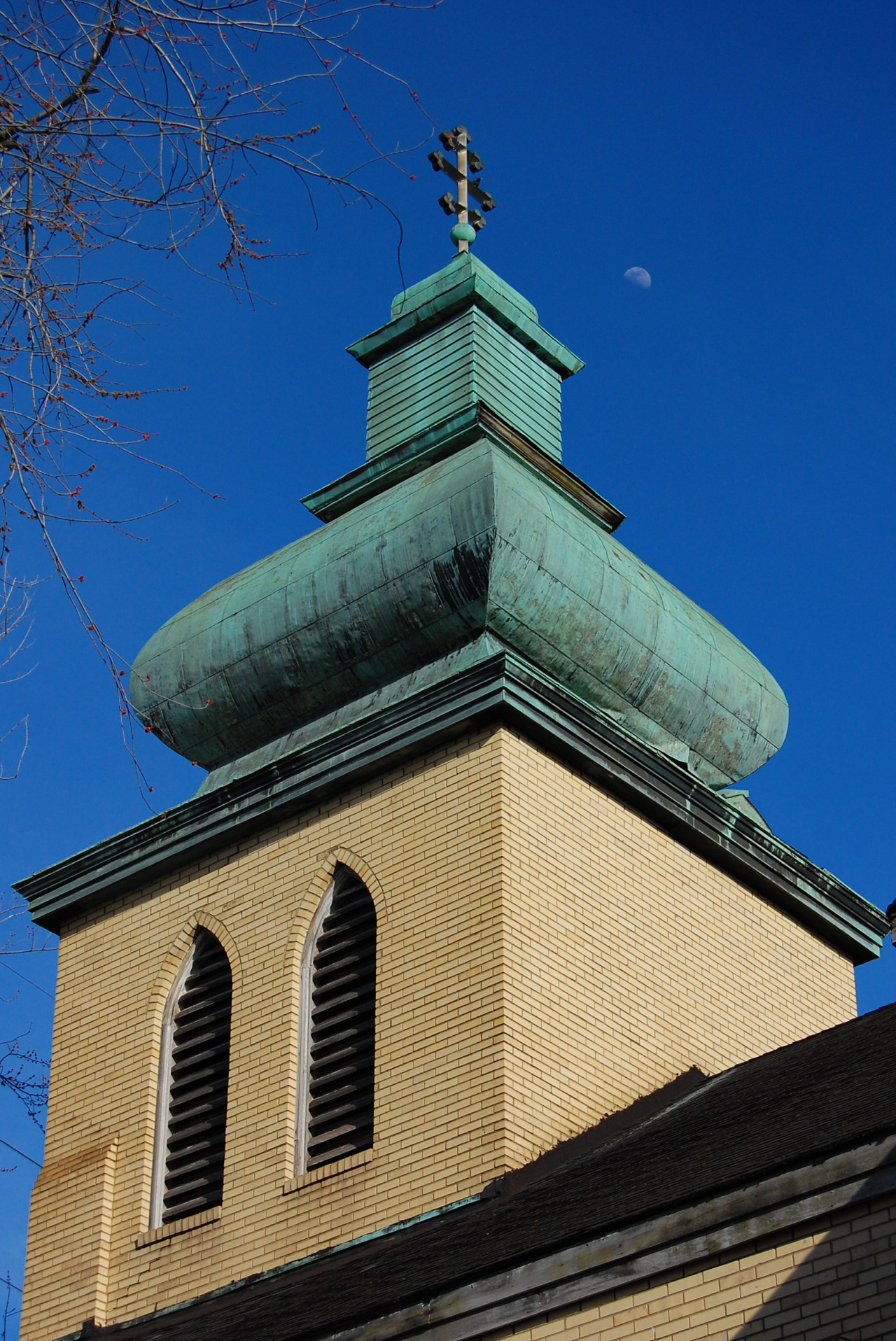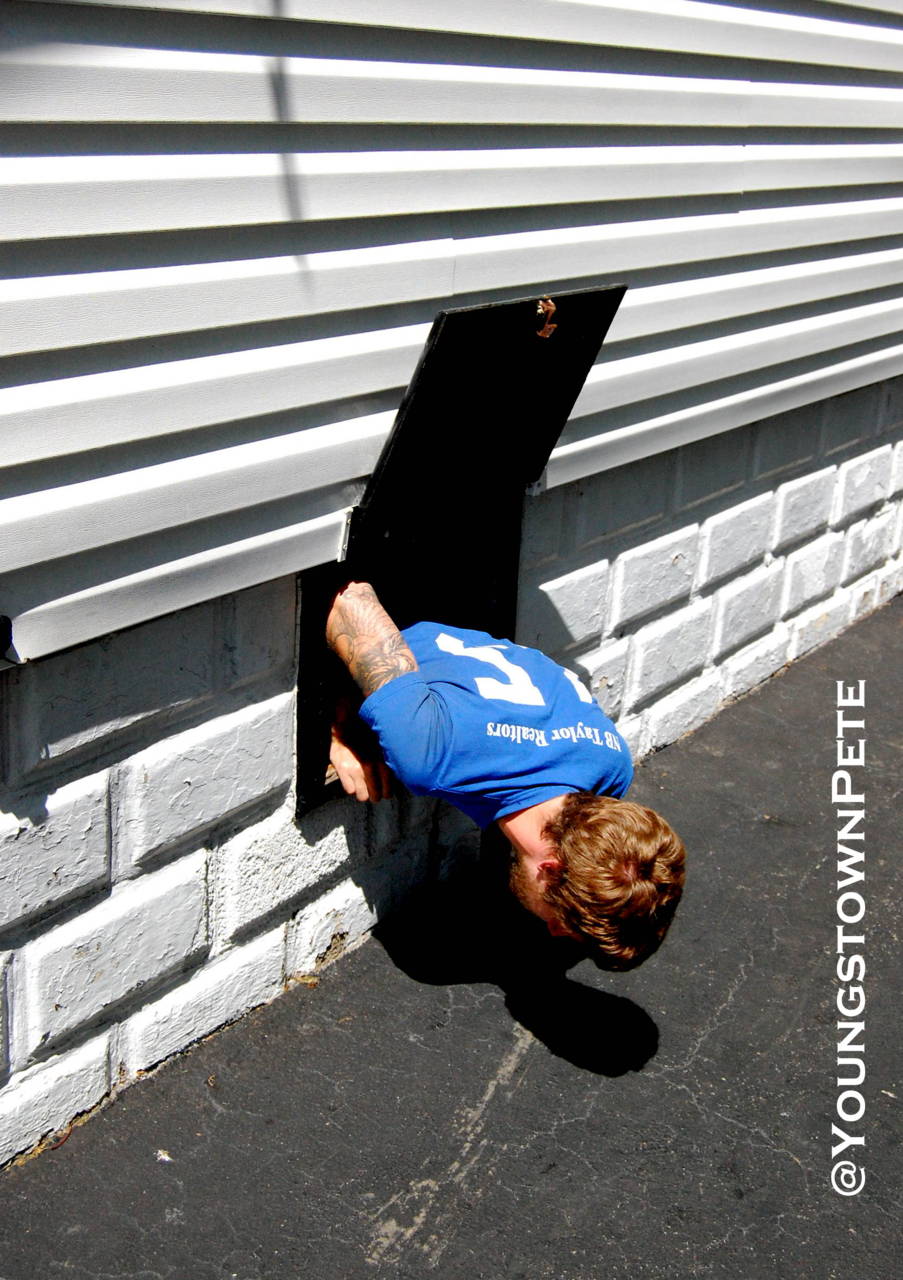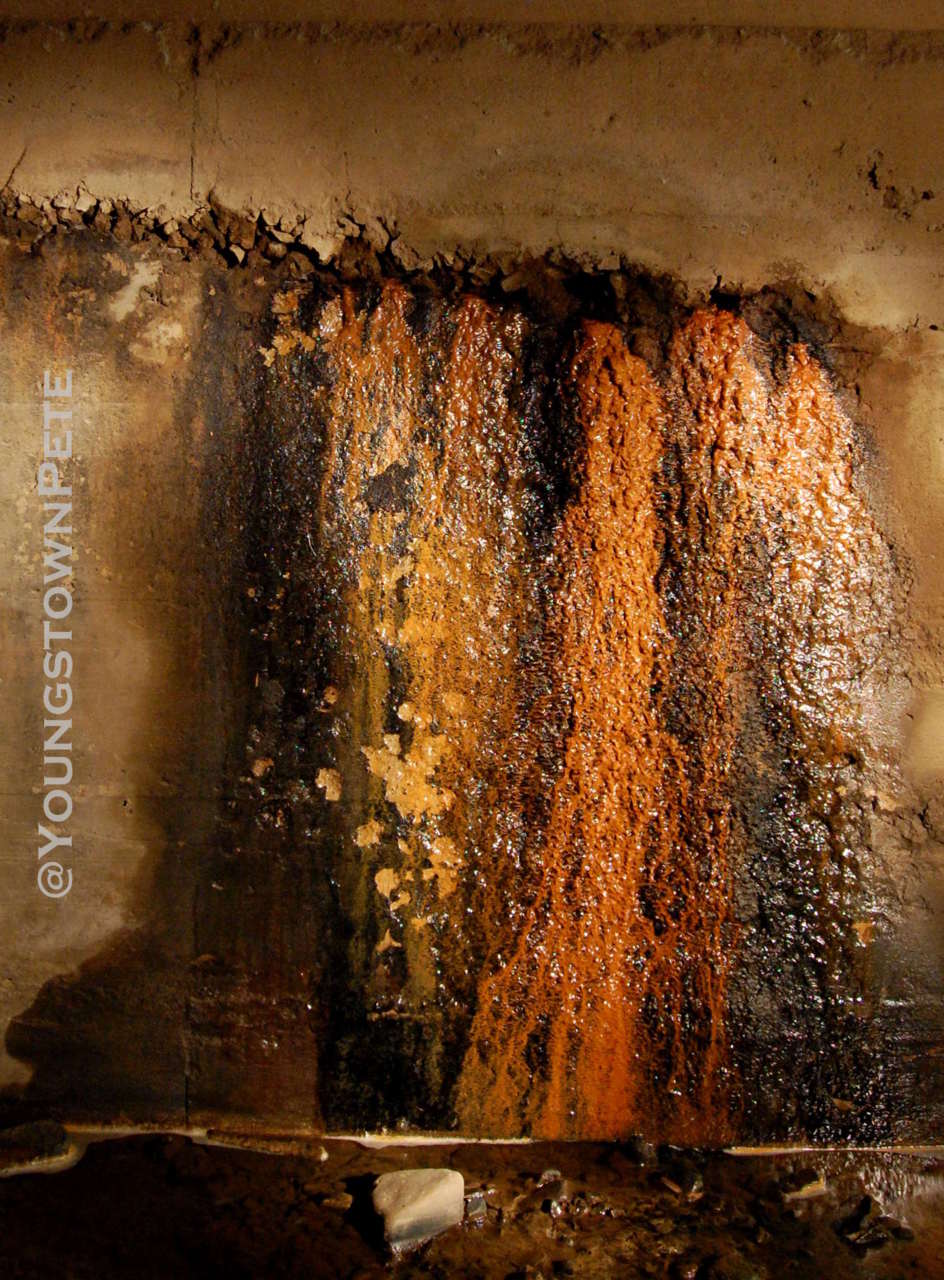Youngstown, O. - The image below seems to me like two different places and times melted together. The man in the photo is Michael Volinchak who was born in Odessa, Ukraine and came to the US in 1908. The photo was taken at the family home on Broadview Avenue; Mr. Volinchak posing in front of his rows of corn with one of the Carnegie-Illinois/US Steel Ohio Works blast furnaces in the background.
Courtesy “Bubba Poonyuk” via FB
Youngstown was a true melting pot in its heyday. Immigrants flocked to the city from all over Europe, others migrated north from southern states and Puerto Rico for the same reason: good paying jobs in the mills. Men of similar nationalities worked in specific departments, and lived in the same neighborhoods as their countrymen.
The Steelton area of the lower West Side was primarily Eastern European, with the exception of Imperial and Elberne Streets that Italian immigrants called home. According to the 1940 census below Mr. Volinchak lived between the Balinsky [sp] family from Hungary and the Ferrara family from Italy. The patriarchs of those two families worked down the mill at that time. Mr. Volinchak was 66 and likely retired from the same mill.
The homestead pictured was just steps from the AUP (American Ukrainian Progressive) Club. The proprietor, Charles “Gezzy” Hankavich, was known amongst other things for sponsoring Ukrainian immigrants. He let them stay in the apartments above the bar until they could get hired on at the mill across the street. A full post on that social club, which I was lucky enough to photograph, is to come but a few images are below.
Figure 1 is a hat that I came to find out belonged to my buddy’s grandpa and still sat on top of the bar - “Hunky Town U.S.A. Steelton, Ohio”
Figure 2 shows a taste of what records are still in the jukebox - local polkas right next to Sinatra.
Fig. 1
Fig. 2

